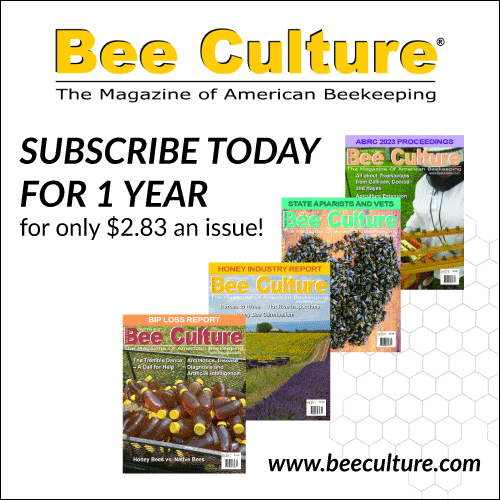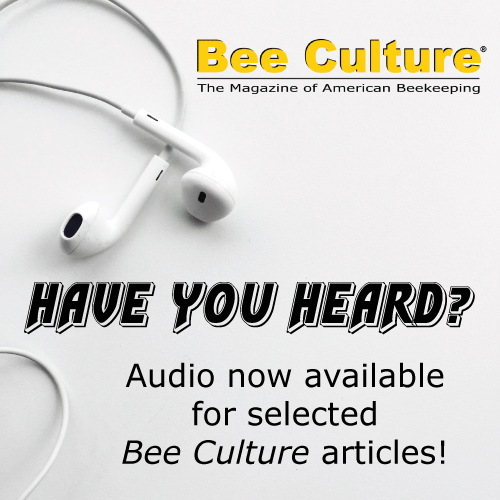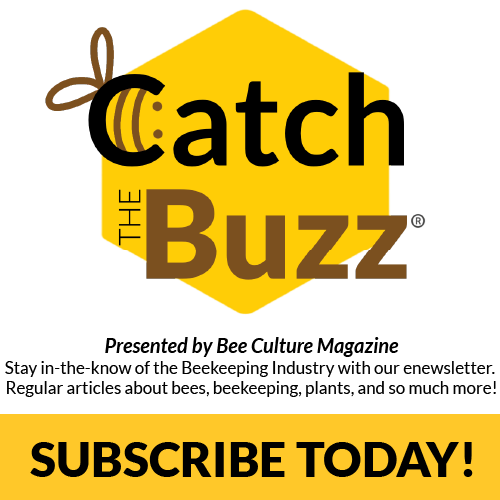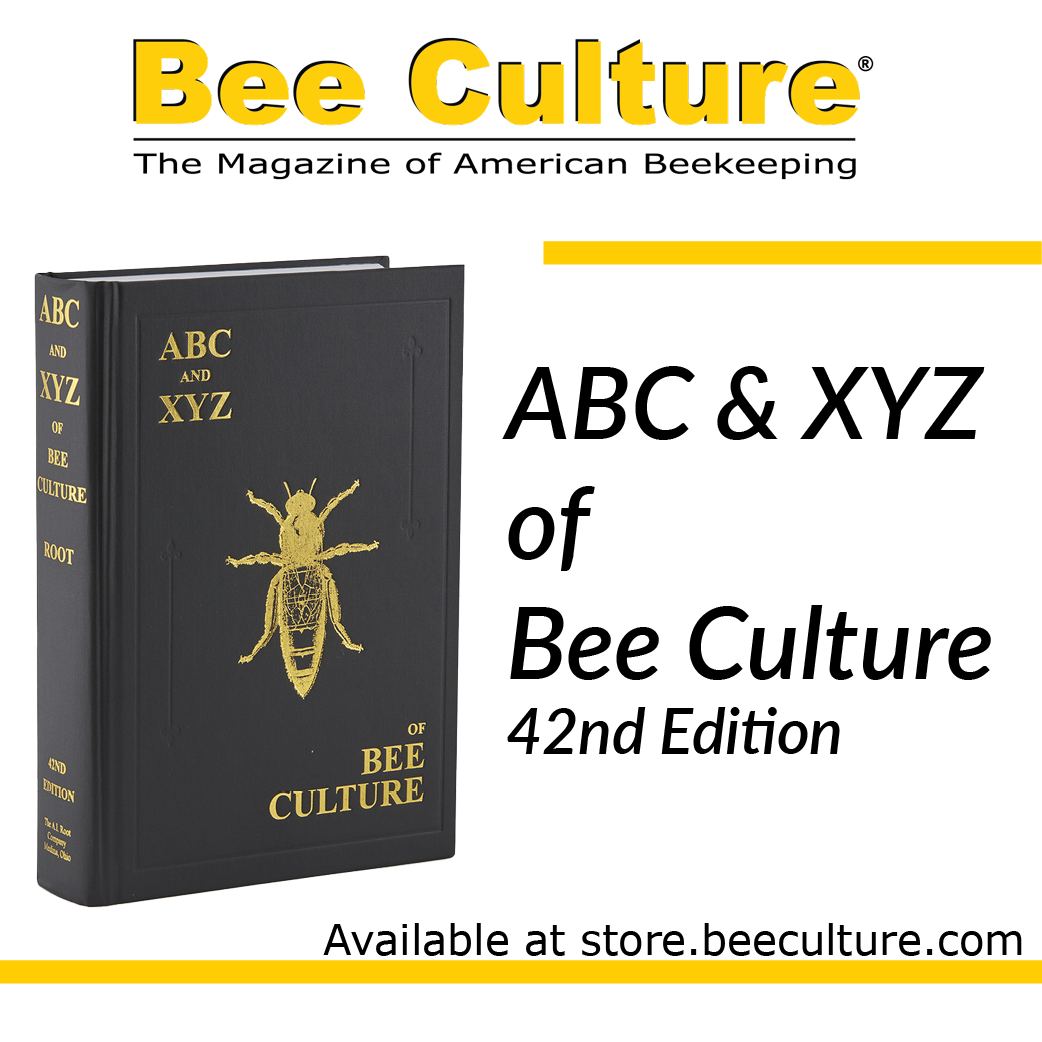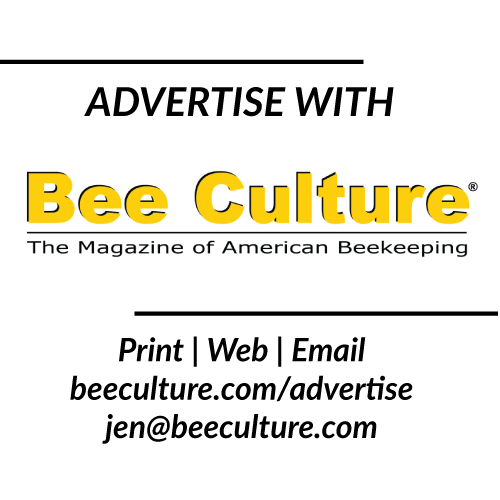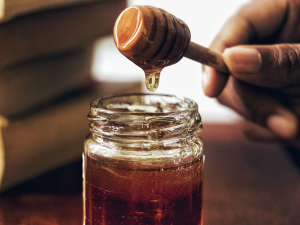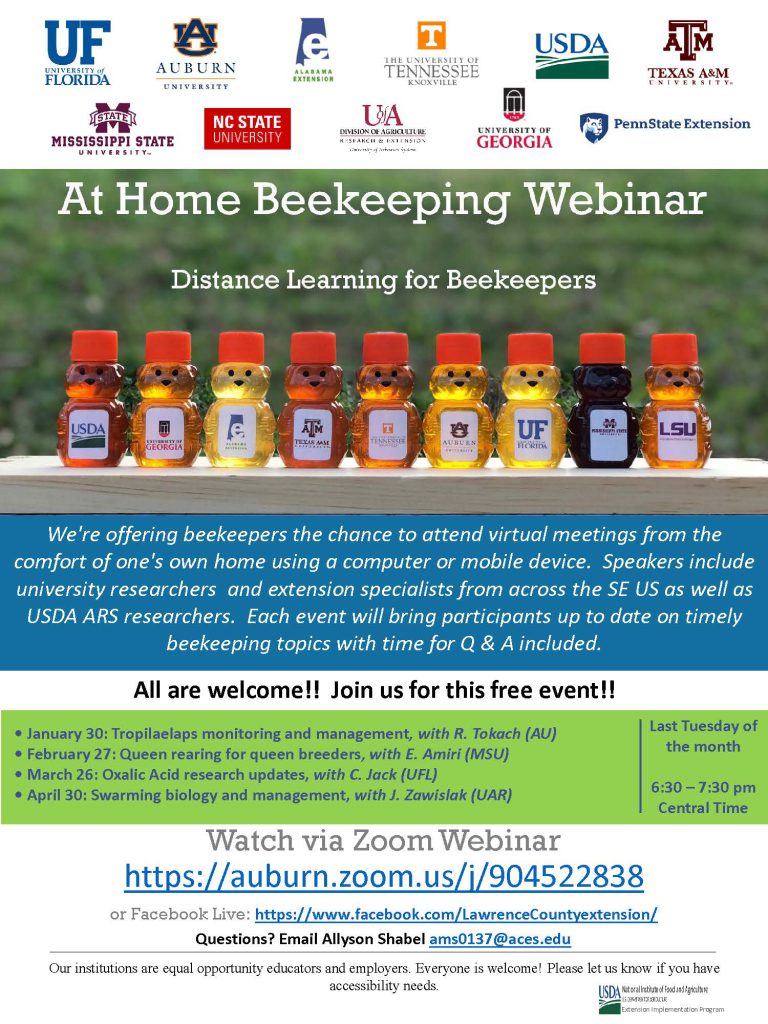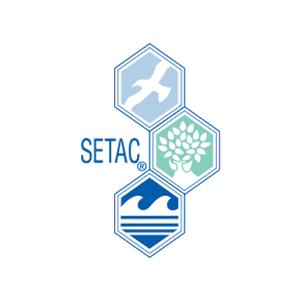 Hazard/Risk Assessment
Hazard/Risk Assessment
Trisiloxane Surfactants Negatively Affect Reproductive Behaviors and Enhance Viral Replication in Honey Bees
Julia D. Fine, Diana L. Cox-Foster, Kyle J. Moor, Ruiwen Chen, Arian Avalos
https://doi.org/10.1002/etc.5771
Abstract
Trisiloxane surfactants are often applied in formulated adjuvant products to blooming crops, including almonds, exposing the managed honey bees (Apis mellifera) used for pollination of these crops and persisting in colony matrices, such as bee bread. Despite this, little is known regarding the effects of trisiloxane surfactants on important aspects of colony health, such as reproduction. In the present study, we use laboratory assays to examine how exposure to field-relevant concentrations of three trisiloxane surfactants found in commonly used adjuvant formulations affect queen oviposition rates, worker interactions with the queen, and worker susceptibility to endogenous viral pathogens. Trisiloxane surfactants were administered at 5 mg/kg in pollen supplement diet for 14 days. No effects on worker behavior or physiology could be detected, but our results demonstrate that hydroxy-capped trisiloxane surfactants can negatively affect queen oviposition and methyl-capped trisiloxane surfactants cause increased replication of Deformed Wing Virus in workers, suggesting that trisiloxane surfactant use while honey bees are foraging may negatively impact colony longevity and growth. Environ Toxicol Chem 2024;43:222–233. © 2023 SETAC. This article has been contributed to by U.S. Government employees and their work is in the public domain in the USA.
We are here to share current happenings in the bee industry. Bee Culture gathers and shares articles published by outside sources. For more information about this specific article, please visit the original publish source: Trisiloxane Surfactants Negatively Affect Reproductive Behaviors and Enhance Viral Replication in Honey Bees – Fine – 2024 – Environmental Toxicology and Chemistry – Wiley Online Library

